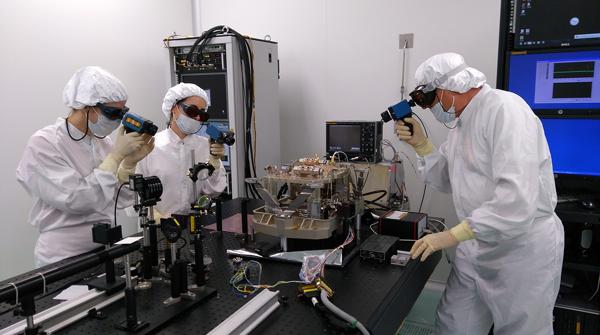Aeolus, the ESA wind hunter, returns to Earth
[ad_1]
Returns to Earth in a controlled manner Aeolus, the satellite of the European Space Agency, ESA, for the study of the winds on our planet, from zero to 30 kilometers high. It had left in 2018 and its operational life has gone beyond all expectations, almost 5 years against the 3 expected. It will fall into the ocean on July 28 in a controlled and safe way, expending the last remaining drops of fuel, thus following ESA’s new policy to avoid the proliferation of space debris. It was not foreseen at the beginning of its mission, but also in this Aeolus, dedicated to the king of the winds, proves to be an experimental satellite.
The data that it sent to the ground and which the main European weather centers have used, from the British Met Office to Météo France and many others, are precious. As always, information concerning the weather has an important commercial value, estimated at 3.5 billion euros, while for its successor, Aeolus 2, the London School of Economics estimates exactly double that, 7 billion over the next decade. While doing the brutal arithmetic when knowledge is involved is inelegant, compared to the nearly 500 million cost of the mission it’s quite an achievement.
Conceived over 20 years ago, the satellite first presented many construction and then management difficulties, given that at a height of 300 kilometers or a little more the atmosphere is still present even if extremely rarefied, however capable of requiring many corrections, also because the satellite’s attitude must always be at its best to measure, as it did, winds with an accuracy of 5 meters per second, almost a miracle. The mission, whose main purpose was to demonstrate that it is possible to carry out these measurements from space, was therefore a real success, so much so that its successor, Aeolus 2, is expected for the next decade.
«We probably think that measuring the wind is relatively simple» says Tommaso Parrinello, ESA’s mission manager for Aeolus, «we are used to seeing the clouds move or even the branches of the trees, but where the sky is clear it becomes complicated».

A very sophisticated instrument was therefore used, the functioning of which even aroused admiration among the experts: Aladin. It is built by Airbus, and assembles a lidar, essentially a laser in ultraviolet frequencies which is sent towards the upper layers of the earth’s atmosphere and impacts on air molecules. A fairly large telescope, 1.5 meters in diameter of the main mirror, serves to collect the part of the light scattered by the molecules themselves, which, analyzed by a receiver, will be used to understand their speed, and therefore that of the wind in question.
[ad_2]
Source link












